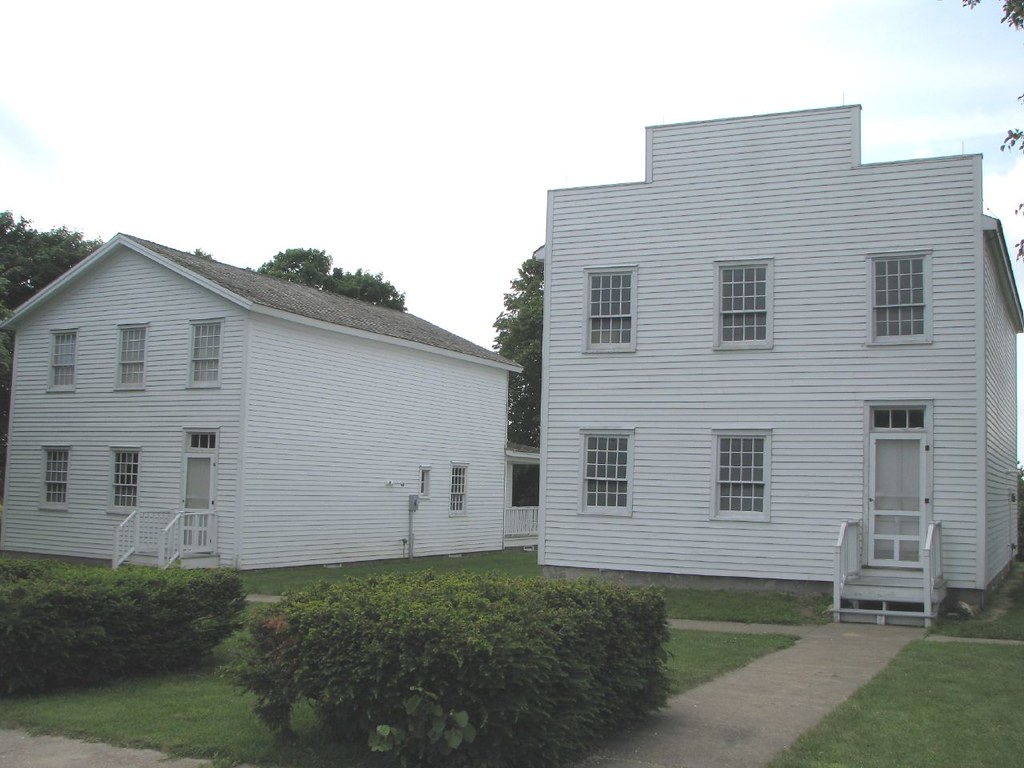Sometimes fate determines whether a location will someday transform into a vibrant, active city or remain a sleepy rural hamlet. Many people are familiar with Madison, Wisconsin and its impressive State Capitol complex. They know its flagship University of Wisconsin campus, and the nearly half a million residents in its greater metropolitan area. Few, however, know of tiny Belmont (map). That’s a hamlet of less than 900 inhabitants. Fewer still know about the original capitol building that stands just outside its borders.
Easy Come

Belmont was the site of the first Capitol of the Wisconsin Territory. John Atchison, a land speculator, designed a site complete with council house and supporting structures. He hoped to attract the fledgling legislature. Naturally, he also hoped to increase the value of his nearby land holdings. So he won the initial jockeying and the legislature met in Belmont during its inaugural session in the winter of 1836.
The choice wasn’t entirely arbitrary and had some logic behind it. The highest concentration of residents in the Territory lived within this southwestern corner, anchored by the local lead mining industry. However people living elsewhere also wanted to receive the status and recognition that would come with being the home of the capitol. They voiced their objections when Governor Henry Dodge selected Belmont. Specifically they questioned his motives because of his previous ties with Mr. Atchison.
Easy Go
The legislature convened at Belmont for a month and a half into early December. They met in a cramped building without heat or water in frigid conditions. Even so it passed significant legislation to organize a system of government, establishment a judicial system, and create several new counties. Also, after much debate they decided to move the Wisconsin capitol to Madison, a town that existed only on paper.
Today the only vestige of original Belmont is the First Capitol Historic Site maintained by the Wisconsin Historical Society. Even the village of Belmont itself moved a few miles away when the Mineral Point Railroad bypassed the original site in 1867.
To think what might have been.

Leave a Reply